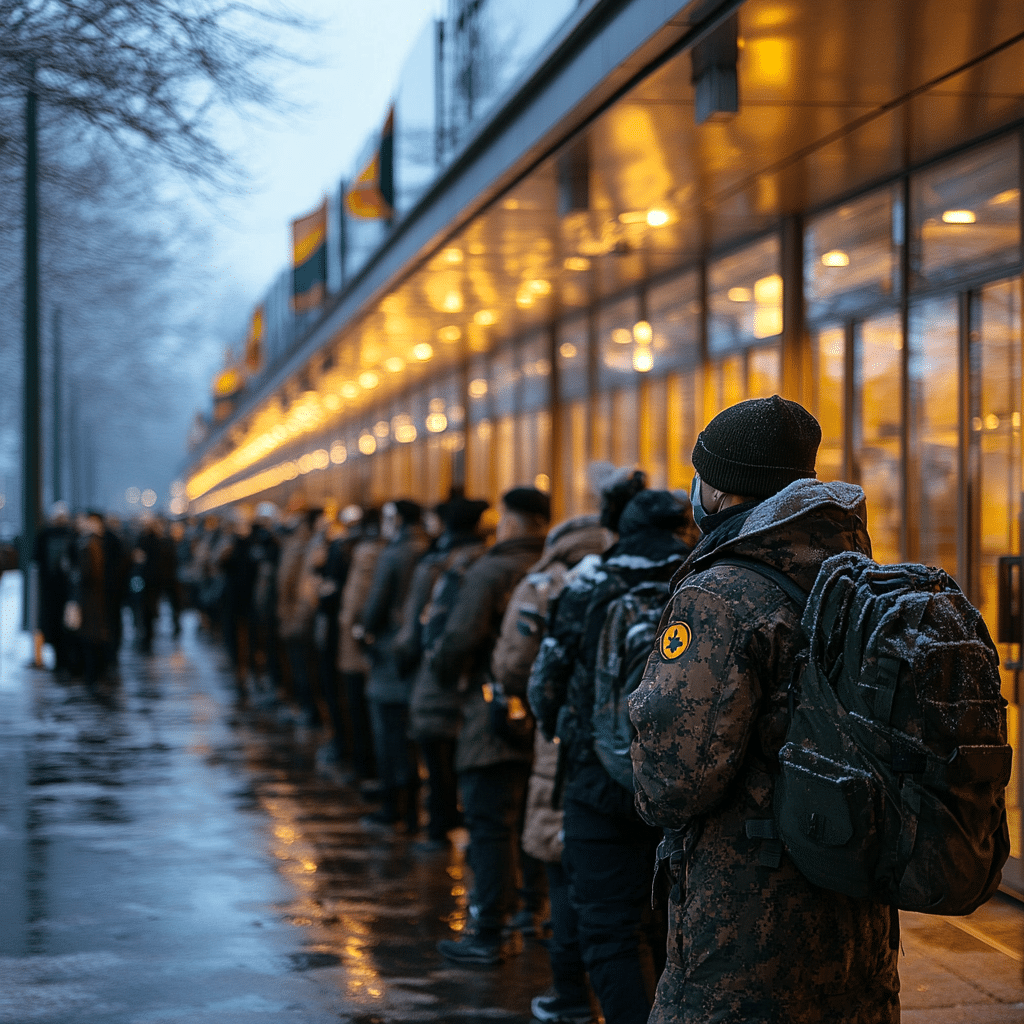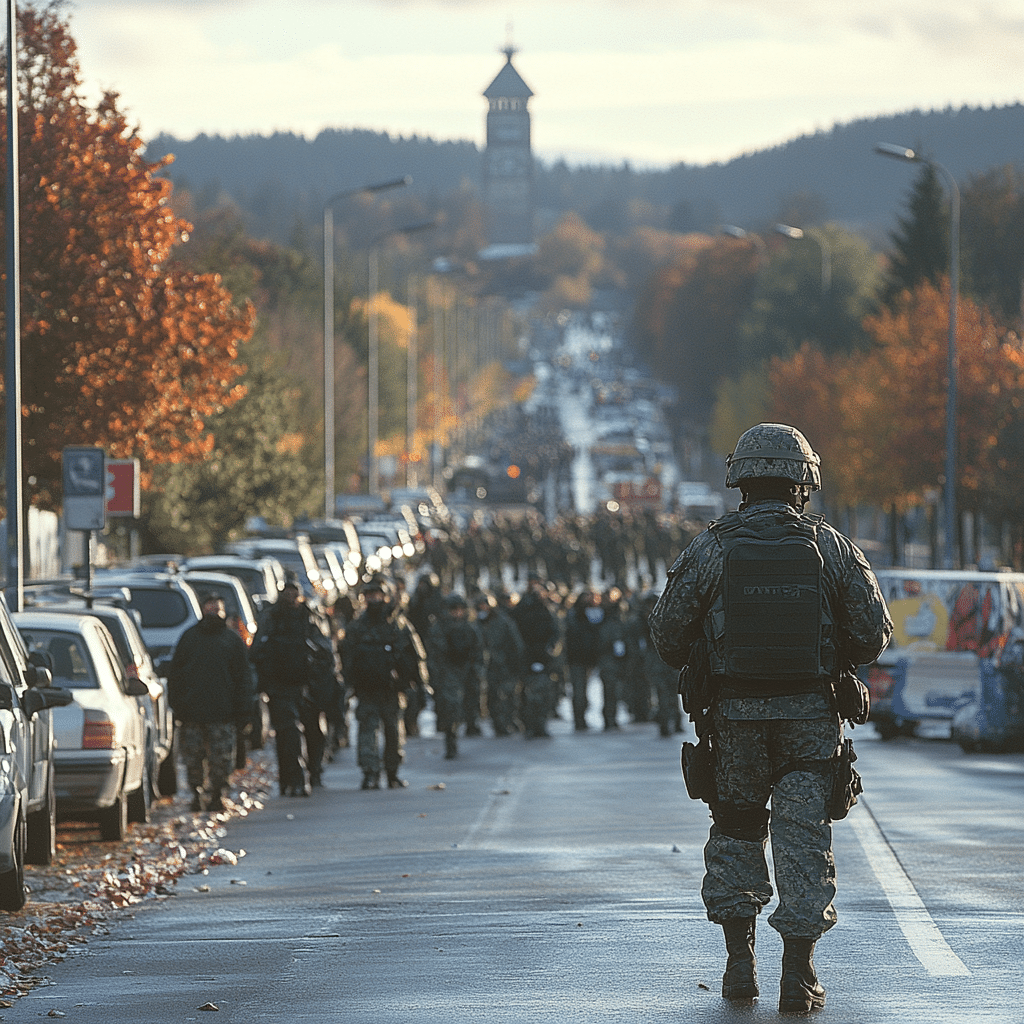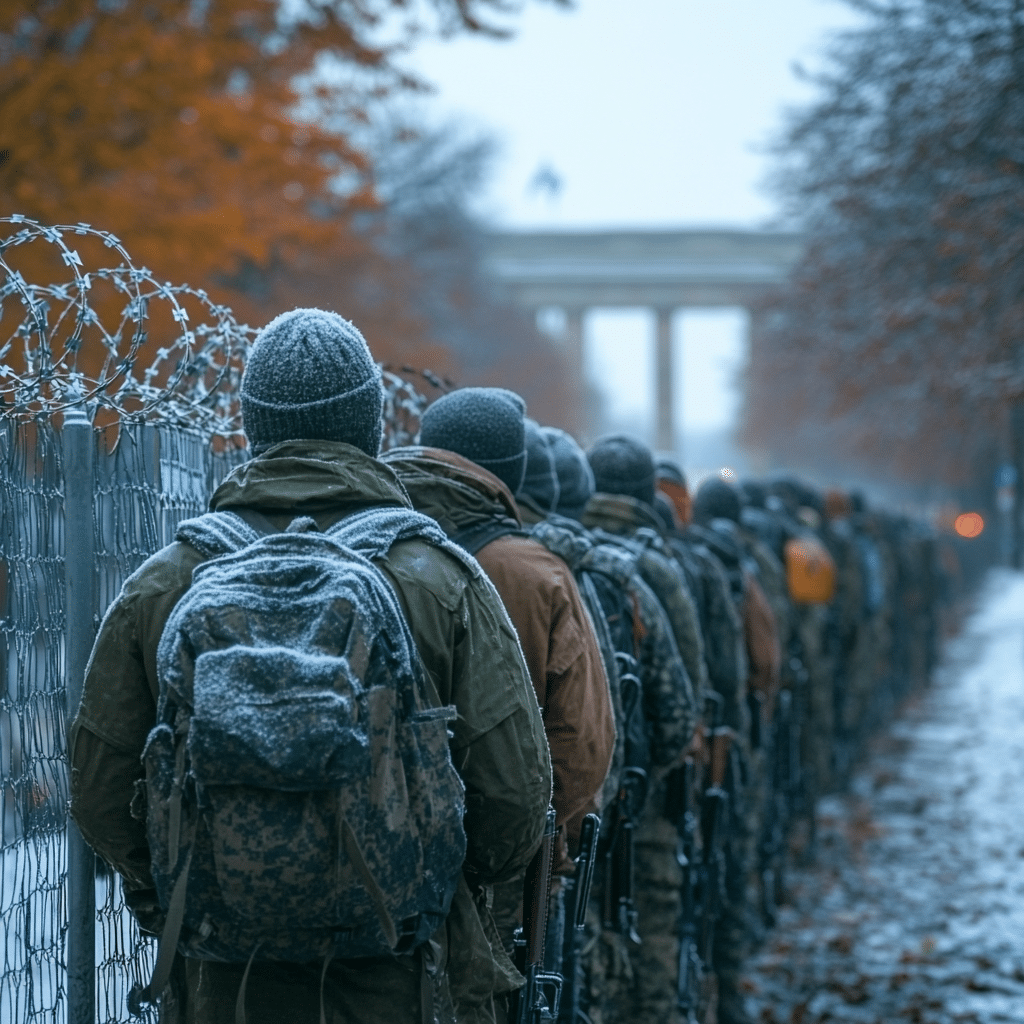Germany Border Controls Immigration: Key Impacts Explained
In recent years, Germany’s border controls immigration policies have gained increased attention due to a remarkable shift in their approach to handling refugee inflows. With geopolitical crises, especially in conflict-ridden regions like Sudan, many fleeing individuals have sought shelter in Germany. Stricter border measures, implemented largely in response to the 2015 migrant wave, have marked a significant turn in the country’s immigration strategy. Understanding these changes requires us to delve into the historical context of these policies, especially as they relate to humanitarian obligations and national security.
1. The Evolution of Germany’s Border Control Policies
Germany’s attitude towards immigration has been molded by historical events. Following World War II, the country embraced immigrants, filling labor shortages through the guest worker program. However, the 2015 migrant crisis forced a reevaluation of these policies. During that period, Germany welcomed over a million asylum seekers, primarily from Syria, Afghanistan, and Iraq. The experience, while initially celebrated as a humanitarian success, quickly resulted in rising populism and calls for stricter measures.
As we moved into the 2020s, geopolitical conflicts—particularly in Sudan—have intensified the need for reevaluating Germany’s border controls. The Sudan flag now represents not just a national identity but a symbol of hope for many who won’t shy away from the dangerous trek to Europe. The conflicts there have spurred a rise in asylum requests, prompting authorities to refine immigration laws, creating a more complex landscape for both refugees and legal immigrants entering the country.
This tightening of immigration polices embodies a dual mandate: responding to humanitarian needs while being vigilant about national security concerns. Current measures include extensive background checks, increased border patrols, and agreements with transit countries to limit migrant flows. The balance between these priorities remains one of the biggest challenges facing Germany’s immigration framework.

2. Top 5 Countries Affected by Germany’s Border Controls
Germany’s border controls immigration policies resonate well beyond its borders. The impact is acutely felt in several nations, particularly those grappling with conflict or economic distress. Here’s a look at five countries significantly affected by the evolving immigration landscape.
2.1 Sudan: The Cascading Effects of Conflict
The ongoing civil conflict in Sudan has forced many to flee in search of safety. However, upon reaching Germany, these refugees often encounter complex barriers, from lengthy processing times to the risk of being returned. Stories of Sudanese refugees highlight the struggles they face as they confront these hurdles. Their dreams of finding a secure home clash with stringent legal frameworks, leaving many feeling trapped between hope and despair.
2.2 Bolivia: Economic Migration and Its Complications
Bolivia’s economic struggles have led many citizens to consider relocating to Germany. However, Germany’s newfound border controls have made it considerably tougher for Bolivians to secure residency or asylum. A young Bolivian man, for instance, told of his unsuccessful attempts to navigate the German immigration system—his skills in engineering not translating into an easy pathway for acceptance. The Bolivian flag, a symbol of national pride, now holds a bittersweet connotation for those examining opportunities across the ocean.
2.3 Saudi Arabia: Shifting Dynamics of Political Refugees
Saudi Arabian citizens seeking to escape oppressive political climates face a distinctly tightened immigration process in Germany. The strident border control policies have not just added layers of bureaucracy but have also exacerbated fears among dissidents. Many Saudis end up employing familial connections or fraudulent means to reach German soil, as they struggle to find legal pathways through an increasingly complex immigration landscape.
2.4 Syria: The Ripple Effect of Ongoing Conflict
Syrian refugees continue to make their way to Germany amidst ongoing struggles in their homeland. Despite overwhelming sympathy from within German society, the current immigration laws generate significant obstacles. Refugees sharing stories of costly attempts to navigate Germany’s immigration maze often recount disheartening encounters with bureaucratic procedures. With borders more tightly controlled, the situation for those fleeing Syria remains precarious.
2.5 Afghanistan: Consequences of Rapid Political Change
With the Taliban’s return to power, many Afghans are choosing to move to Germany seeking a new beginning. Yet, recent modifications to immigration policies significantly affect this group. Tighter vetting processes mean that many Afghans who once might have found refuge encounter substantial hurdles. The Afghan flag symbolizes the clash between past hopes and current obstacles, making the journey far more complicated for those who yearn for safety.
3. The Socioeconomic Impact of Germany’s Immigration Controls
Germany’s tightened immigration policies aren’t just reshaping the lives of refugees; they also have profound implications for its own society. A rigorous review of labor market dynamics reveals that the country’s economy may suffer as a result of these policies. Diminished inflows of skilled labor can result in significant skills shortages across various sectors, impacting industries ranging from technology to healthcare.
Moreover, the policies have created challenges for cultural integration. Many refugees are eager to contribute but are often met with skepticism and discrimination, hindering community cohesion. Initiatives aimed at fostering intercultural exchange have gained traction but face the uphill battle of overcoming deeply entrenched biases.
Finally, community responses vary widely, with some localities embracing refugees as valuable contributors to their society. Others, however, express resentment towards new immigrants, fearing an erosion of cultural identity and community resources. It is vital for both refugees and native citizens to engage in constructive dialogues, working toward mutual understanding in a fractured social landscape.

4. The Role of Public Sentiment in Shaping Immigration Policies
Public opinion significantly influences Germany’s immigration strategies. Political parties are taking note, as sentiments often shift in response to global currents like the unrest in Sudan or Afghanistan. Recent elections have demonstrated how parties advocating for stricter immigration laws have gained traction, reflecting wider societal anxieties about border integrity.
Polls indicate that a substantial portion of the German populace supports tighter immigration restrictions. Many Germans express concerns about cultural assimilation, economic pressures, and security risks posed by unchecked migration. This public sentiment creates a challenging environment for policymakers to navigate, as they strive to balance humanitarian commitments with popular opinion.
However, there are counter-movements advocating for a more welcoming stance towards refugees. Community organizations, backed by grassroots initiatives, aim to shift public views by highlighting the contributions refugees make to society. The ongoing struggle between these conflicting narratives shapes the framework of immigration legislation as legislators work to reconcile these divergent paths.
5. Future Directions: Reassessing Border Policies for Refugees
As Germany grapples with the dual pressures of refugee needs and national security, future policies must be reconsidered. Learning from successful models in countries like Sweden and Canada, which have effectively integrated refugee support into their systems without compromising security, could illuminate pathways for Germany.
Creating flexible policies that prioritize human rights while maintaining robust border security is paramount. Considerations might include streamlining the asylum process or expanding legal pathways for skilled migrants. Policymakers must acknowledge the correlation between a thriving society and an inclusive approach to immigration.
Germany stands at a crossroads, facing the necessity of reassessing its immigration approach to meet today’s complexities. Implementing thoughtful, fair systems can position the nation as a beacon of hope, reaffirming its historical legacy as a refuge for those fleeing persecution.
Navigating the Future of Immigration in Germany
Germany’s immigration landscape embodies a collision of humanitarian need and national vigilance. As the international arena continues to reshape migration flows, it becomes crucial for German policymakers to develop strategies that cater to immediate challenges while planting seeds for a harmonious future. The narratives of refugees from Sudan, Bolivia, Saudi Arabia, and others underscore an urgent call for considerate immigration policies that reflect the complexities of an interconnected world.
By fostering an all-embracing atmosphere that values diversity and security equally, Germany can bolster its standing as a beacon of hope amidst global upheavals. It’s not just about managing borders; it’s about managing humanity’s shared responsibility for those seeking shelter and opportunity.
Germany Border Controls Immigration: Fun Trivia and Interesting Facts
A Historical Perspective
Did you know that Germany has been at the forefront of immigration policies in Europe for decades? Its geographical position makes it the gateway for many refugees. This is particularly true during significant humanitarian crises, like the Syrian civil war. In fact, Germany’s response to the influx of refugees back in 2015 set the stage for contemporary policies. Often, Germany serves as a pivotal destination for those looking for a fresh start, much like seeking out a good mortgage loan APR to manage new beginnings. It’s essential to realize the context behind policies, as they directly impact the lives of displaced individuals.
Interaction with Global Trends
The shifting landscape of global immigration can sometimes feel overwhelming. For instance, have you ever wondered how credit bureau definitions can seemingly influence policies in different arenas? More than just numbers, they shape perceptions, much like how border controls can directly affect the lives of asylum seekers. These factors are all interconnected, highlighting the nuances involved in immigration discourse. To further engage with global discussions, events like the Aac conference touch upon various aspects of migration policies, sparking dialogues among thought leaders.
Fun Facts on Policy Impact
Interestingly enough, while discussing border controls and their implications, it’s easy to overlook how cultural factors play in. For instance, popular culture, such as films featuring a lively ensemble like the Fred Claus cast, reflect societal sentiments that can sway public opinion on immigration. Just as entertainment influences views, unexpected scenarios such as the medical advances in pig kidney transplantation can stir discussions about ethics and humanity in the context of refugee care. Moreover, just as the Jaguars roster has evolved to adapt to new players and styles, Germany must continually adjust its policies to meet changing needs.
Ultimately, as the country navigates its path through border controls and immigration, it’s evident that broader themes—whether it’s the allure of sweet red wine or the latest updates like the Ford Edge 2024—impact perspectives and shape future policies. Each layer of interaction enhances our understanding of Germany border controls immigration and opens up room for meaningful dialogue.




